As part of our commitment to provide you with the most up-to-date and relevant information on the logistics industry, we share our Market Update on the Latin American market.
You will find information and interesting data on the update of the state of the ports, the most important transport routes and relevant news.
We hope you'll find the following information helpful, as well as inspiring to boost your business and keep your cargo moving.
Topic of the Month: Not just data decisions - Redifining Visibility with real time action.
Logistics visibility goes beyond simply tracking shipments; it’s about enabling real-time action at every stage of the supply chain. From inventory movement to delivery status, delays, and exceptions, visibility means having the right insights, partners, and tools to act decisively. In daily operations, this translates to faster decisions, fewer surprises, and the ability to resolve issues before they escalate. As shippers grow increasingly frustrated with outdated “track & trace” systems that offer little more than static updates, logistics integrators are stepping in to redefine what visibility really means. By combining real-time data, intuitive dashboards, proactive alerts, and predictive insights, these providers are shifting the focus from passive tracking to active decision-making. The result is a more agile, responsive supply chain where disruptions are flagged early, resources are reallocated quickly, and operations stay aligned with customer expectations.
Empower Decision-making with Real-time dashboards
In today’s logistics environment, where speed and precision are paramount, real-time dashboards are becoming indispensable tools for operational decision-making. These dashboards transform continuous data streams into clear, actionable insights, allowing supply chain leaders to respond to disruptions, optimize workflows, and confidently make informed decisions.
By consolidating critical KPIs such as labor productivity, order progress, inventory levels, and shipment status into a single, visual interface, real-time dashboards eliminate the delays and inconsistencies of manual reporting.

This centralized visibility enables teams to identify bottlenecks quickly, detect anomalies, and respond to emerging issues, whether that means reallocating labor mid-shift, rerouting a delayed shipment, or adjusting warehouse layouts to improve flow.
The impact of this visibility is measurable. A McKinsey study found that companies that aggressively digitize their supply chains—including the use of real-time dashboards, can boost EBIT (earnings before interest and taxes) by up to 3.2% annually, the highest gain among all business functions analyzed.
Yet, despite this potential, only 2% of surveyed executives said their digital strategies prioritize the supply chain, highlighting a significant gap between opportunity and execution.
Moreover, Gartner’s analysis of real-time transportation visibility platforms emphasizes that these tools improve operational efficiency and enhance customer service and supply chain resilience.
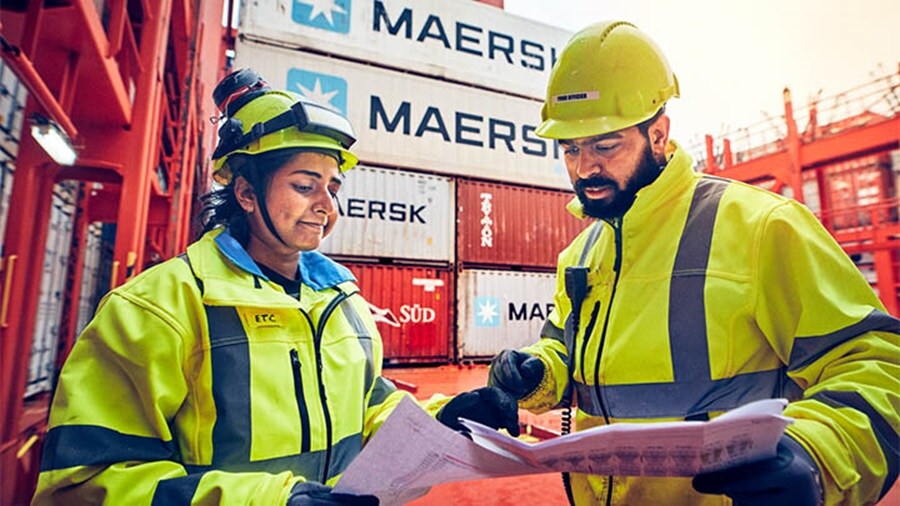
By providing up-to-the-minute insights into shipment status and transport conditions, dashboards help logistics teams anticipate delays, automate responses, and maintain service levels even under pressure.
As logistics integrators adopt these technologies, they improve internal operations and enable a shift in how decisions are made across the supply chain. Real-time dashboards foster a culture of agility, where data is not just collected but actively used to drive performance. This shift from reactive to proactive management is what sets high-performing supply chains apart in an increasingly complex and competitive global market.
Strengthen Inventory Planning Through Predictive Insights
In an era of heightened volatility and shifting consumer demand, predictive analytics is reshaping how logistics teams approach inventory planning. Rather than relying solely on historical averages or static safety stock levels, supply chain leaders are turning to machine learning and statistical modeling to forecast demand with greater accuracy and agility.
Predictive insights allow organizations to transform historical and real-time data into forward-looking forecasts that optimize stock levels and reduce risk. This means anticipating demand spikes, adjusting for supplier variability, and dynamically recalibrating safety stock everything in real time. According to Gartner, companies that are considered high performers in supply chain analytics use predictive technologies more broadly than their peers, integrating them directly into operational workflows rather than relying on stand-alone platforms.

The benefits are tangible. Predictive models can improve demand forecast accuracy by 20–30%, helping ensure the right products are available when needed while minimizing overstock and storage costs. These models also enable companies to reduce inventory holdings by up to 25% without compromising service levels, by dynamically adjusting for demand variability and lead-time fluctuations.
However, the gap between investment and impact remains a challenge. While 95% of organizations have increased their spending on supply chain analytics and plan to continue, fewer than 25% report achieving high analytics-driven improvement.
This suggests that success depends not just on adopting predictive tools, but on embedding them into decision-making processes and aligning them with broader operational goals.
Predictive analytics improves forecast accuracy and enhances risk management. By identifying slow-moving items, flagging emerging disruptions, and modeling supplier reliability, these tools allow logistics teams to mitigate issues before they proactively impact operations. As noted in Supply Chain Digital, 69% of executives now prioritize AI, advanced analytics, and digital twins to support their supply chain initiatives in the face of ongoing uncertainty.
Ultimately, predictive insights are not just about better forecasting but about building a smarter, more resilient supply chain. Predictive analytics turns uncertainty into an opportunity by enabling logistics integrators to anticipate change and act precisely.
Build Customer Trust with Proactive Alerts and Updates
In logistics, trust is built not just on performance, but on communication. Proactive alerts and updates are becoming essential tools for logistics providers aiming to strengthen customer relationships and reduce uncertainty. When shippers are informed in real time about potential delays, inventory shortages, or route changes, before they escalate into problems, they feel valued, respected, and in control.
This proactive approach goes beyond traditional customer service. It reflects a more profound commitment to transparency and reliability. According to McKinsey, companies that integrate digital technologies with operational changes, such as automated alerts and real-time updates, can boost supply chain service levels significantly, leading to measurable improvements in customer satisfaction and retention.
Visibility in Latin America: A Growing Imperative
In Latin America, the need for end-to-end logistics visibility is becoming increasingly urgent. The region’s complex geography, infrastructure variability, and customs challenges make real-time data and proactive communication essential for operational efficiency.

According to a 2024 report by the Inter-American Development Bank, logistics costs in Latin America average 2–4 times higher than in OECD countries, primarily due to inefficiencies and lack of transparency. As regional supply chains become more digitized, logistics integrators are stepping in to bridge the gap; offering real-time dashboards, predictive analytics, and automated alerts that help businesses navigate uncertainty and build resilience. For companies operating in markets like Guatemala, Brazil, or Colombia, visibility is not just a competitive advantage, it’s a necessity for growth and customer trust.
Maersk Logistics Trend Map: A Global Lens on What’s Next
The 2025 edition of the Maersk Logistics Trend Map, developed in collaboration with Statista, offers a comprehensive view of the top 30 global logistics trends, ranked by impact and adoption. Based on over 570 interviews with logistics decision-makers across five regions and eight industries, the map highlights key themes such as Supply Chain Visibility, Digital Transformation, Cybersecurity, and Financial Resilience in Logistics. The report also explores how these trends are being implemented across sectors like retail, automotive, and FMCG, and identifies the urgency with which companies expect their logistics partners to adapt. For Latin America, the map underscores the growing importance of visibility, last-mile delivery innovation, and supply chain diversification as businesses seek to navigate disruption and unlock new growth opportunities.
Visibility in logistics is no longer a nice-to-have; it’s a critical enabler of smarter, faster, and more resilient operations. With real-time dashboards, predictive insights, and proactive alerts, logistics integrators deliver more than just shipment updates; they provide actionable intelligence. This empowers teams to make informed decisions, optimize inventory, and build lasting customer trust. At a time when traditional “track and trace” tools fall short, integrated visibility stands out as a true differentiator, turning transparency into tangible value.
Ocean Updates
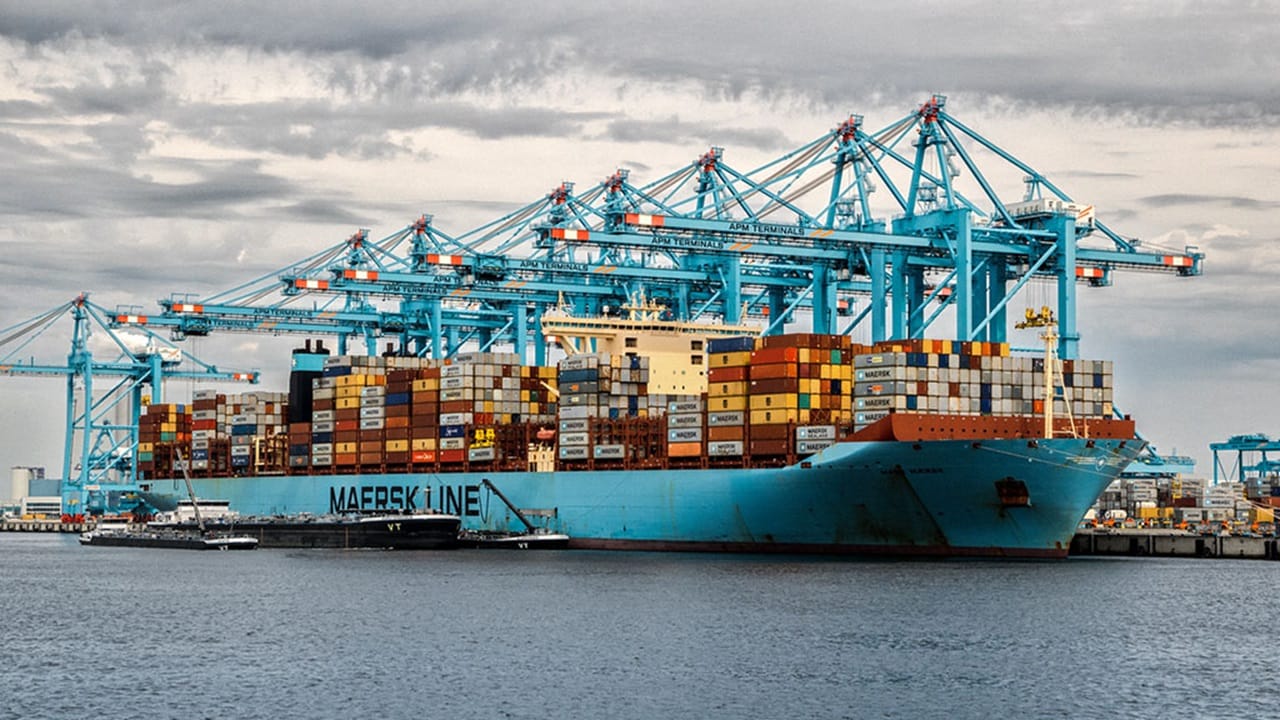
| Trade lane | Comments |
|---|---|
|
Trade lane
North America to Intra-Americas
|
Comments
Our South Atlantic Express (SAE) service had its last call at Norfolk, VA on below vessel: |
|
Trade lane
North America and Intra-America to East Coast of South America
|
Comments
Schedule reliability remains strong for both UCLA and TANGO services. |
|
Trade lane
Central America to North America
|
Comments
Our South Atlantic Express (SAE) service had its last call at Norfolk, VA on below vessel: |
|
Trade lane
East Coast of South America to Intra-Americas
|
Comments
Tango extended Norfolk suspension (being attended via barge from Philadelphia) and Rio de Janeiro biweekly call until further notice. Rio Grande to resume weekly call as from Maersk Monte Linzor 529 |
Main port status
CAC: Actions are being taken to mitigate yard levels and its impacts in cargo flow. Santo Tomas, Puerto Cortes, and Manzanillo MX, are the terminals that are experiencing some difficulties.
ECSA: Terminal line up, gate, and yard running under healthy levels, although with some restrictions for vessels late or over in moves. Vessels out of window may face 1 to 3 days of waiting time.
WCSA: Some terminals are experiencing difficulties due to heavy rains. This weather is typical for the season. Operations continue as conditions allow.
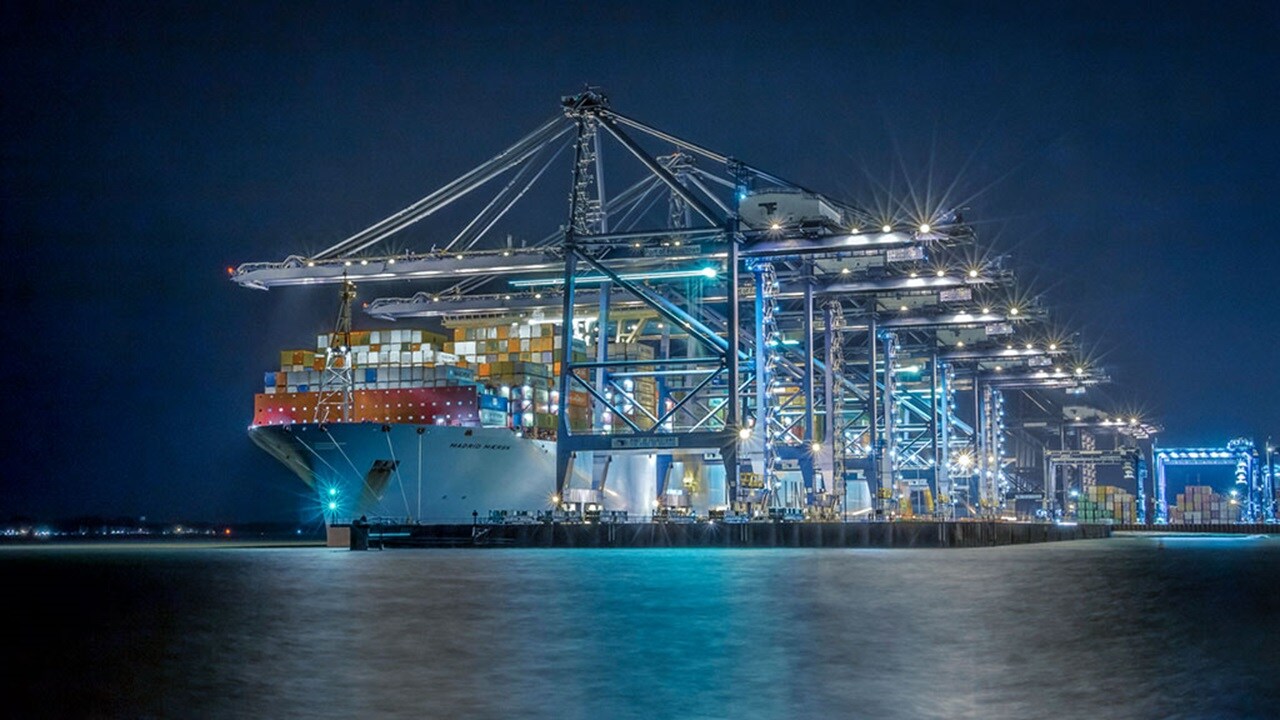
Port status
| 1-3 Days | 4 - 7 days |
|
||
|---|---|---|---|---|
|
Latin America
|
1-3 Days
Buenaventura, Moin, Acajutla, San Lorenzo, Corinto, Caldera, Caucedo, Rio Haina, San Juan, Puerto Barrios, Sto Tomas de Castilla |
4 - 7 days
Manzanillo, Mx. |
|
|
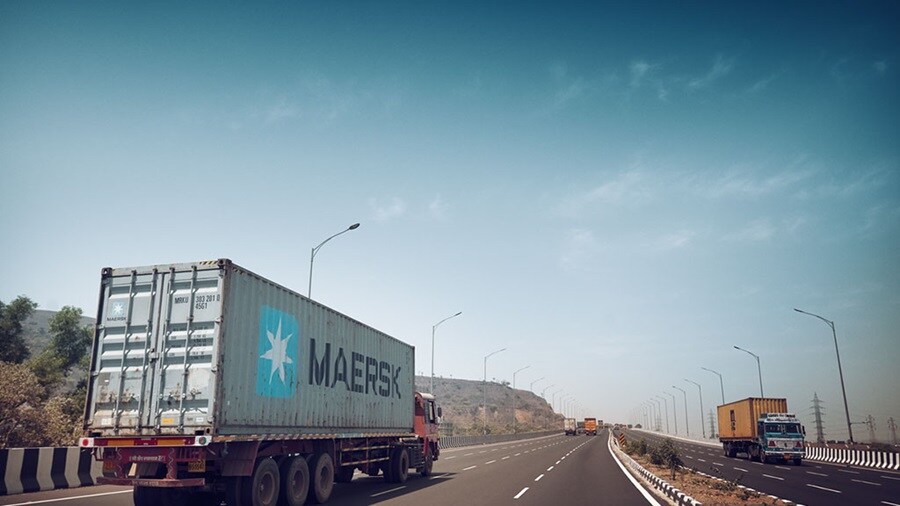
Landside updates
Central America, Andina and the Caribbean Sea Area
Colombia: The Colombian Ministry of Transport has updated more than 1,200 routes in the Efficient Operating Cost Information System for Motor Freight Transport (SICE-TAC), aiming to more accurately reflect distance and terrain type (flat, hilly, mountainous, urban, or gravel). These changes, implemented in June and July, seek to align operating costs with the actual conditions of the routes and may affect rates and travel times. If you haven’t done so yet, now is a good time to review the new rates with your ground transportation providers and plan shipments further in advance. This will help maintain continuity in your operations.
Guatemala/El Salvador/Honduras: With the year-end import season approaching, this is a good time to share your forecasts with your transportation provider to ensure fleet availability, mitigate delays in shipment readiness, and secure the necessary ground capacity to meet your shipping windows. Given the potential for port congestion in August and September, we recommend coordinating with your ground providers and booking port slots in advance. Adjusting dispatch schedules will help reduce risks and ensure operational continuity. This will help mitigate operational impacts and ensure more predictable deliveries in the short term.
Nicaragua: The Port of Corinto is undergoing expansion and modernization, with significant investment in new docks, mobile cranes, automation technology, and a centralized control center. These improvements, which began in the second half of this year, aim to double its operational capacity and cut service times in half for importers and exporters. With these advancements, ground transportation in the country benefits from more agile and efficient logistics flows. With ample transport capacity to connect Nicaraguan cargo to the Atlantic via Puerto Cortés, Nicaragua is expected to significantly increase its export flow to the United States this quarter.
Panama: Panama demonstrated strong performance by handling 56.26% of Central America’s foreign trade cargo during the first quarter of 2025, showcasing its capabilities in both maritime and ground transportation for the region. Positioned as a key connection point for global supply chains, it offers extensive land and sea transport capacity across both oceans and via the Pan-American Highway to Central America using containers or trailers. Panama highlights its land interconnection capabilities for business development through its multimodal hubs and its role in regional transit.
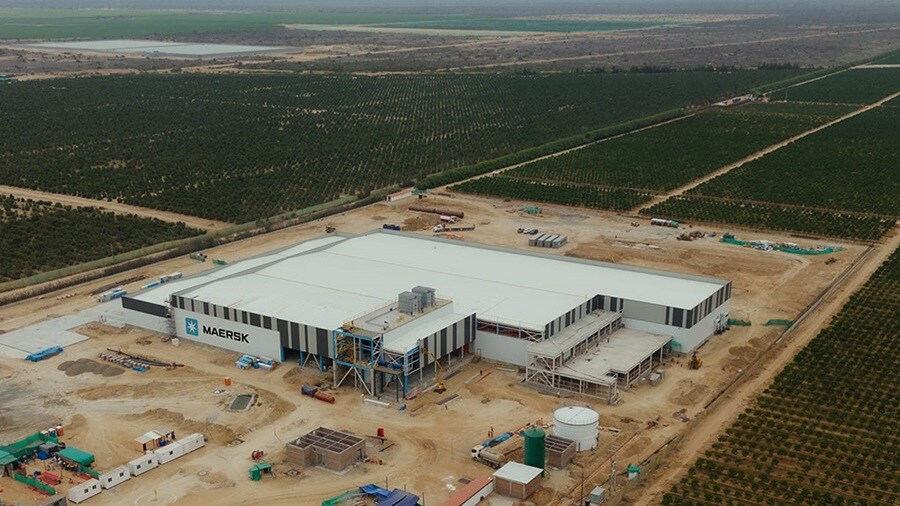
Highlights
Maersk launches Integrated Packing and Cold Storage Hub to boost Peru’s fruit exports
Maersk officially launched its new packing and cold chain logistics center in Olmos, Peru, a strategic move to support the country’s booming agro-export sector. As Peru’s fresh fruit exports continue to rise driven by global demand the new facility is designed to deliver speed and freshness from farm to port.
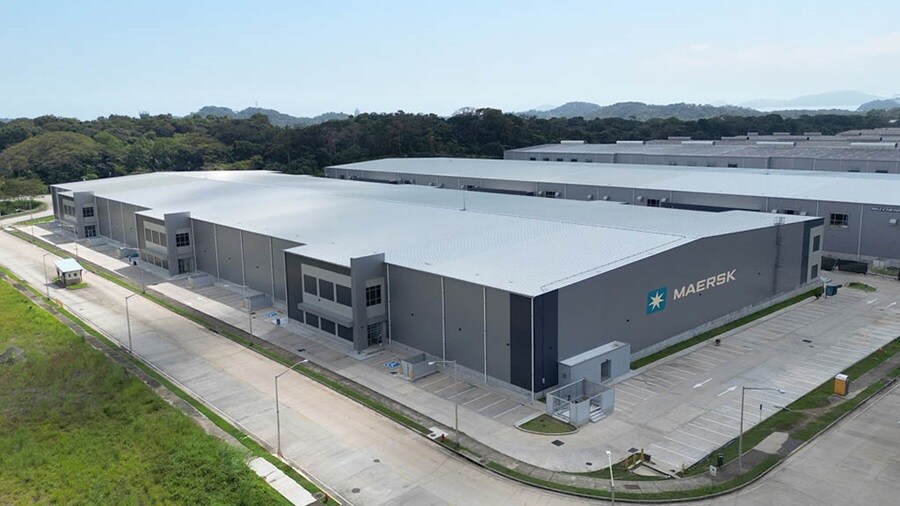
Maersk Opens Panama Pacifico Logistics Centre as a Gateway to Latin America
Maersk opened its new logistics facility in Panama Pacifico, leveraging Panama’s role as a global gateway for Latin America markets. Located within a Special Economic Zone in the Pacific side of Panama, the facility spans more than 20,000 square meters and is purpose-built to serve as a centralized distribution hub for companies operating across Latin America, North America, and Asia. The facility enables businesses to consolidate inventory, streamline regional distribution, and accelerate time-to-market from a single, highly connected location.
Learn more from the global Maersk team
Learn what’s happening in our regions by reading our Market Updates by region.
Europe
North America
Asia Pacific
Be sure to visit our “Insights” pages where we explore the latest trends in supply chain digitalisation, sustainability, growth, resilience, and integrated logistics.
Anything you need, we’re here to help
By submitting this form, I agree to receive logistics related news and marketing updates from A. P. Moller-Maersk and its affiliated companies via e-mail. I understand that I can opt out of such Maersk communications at any time. To see how we process your personal data, please see our Privacy Notification.
